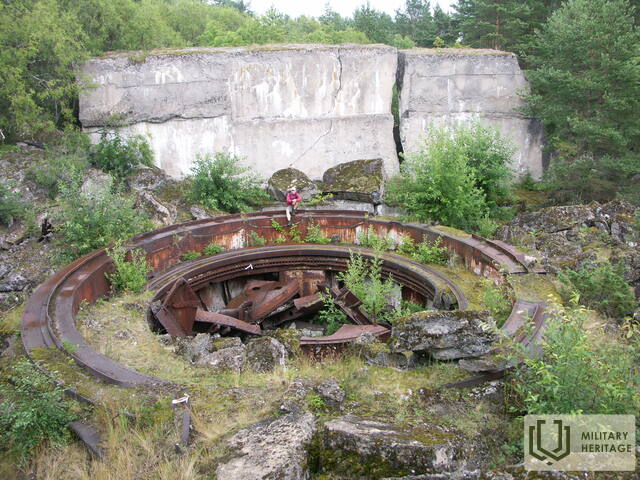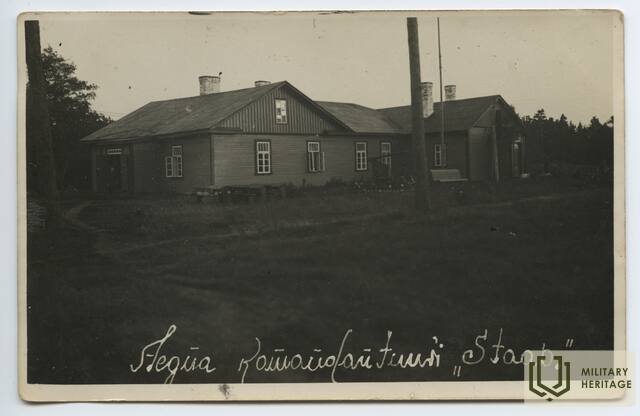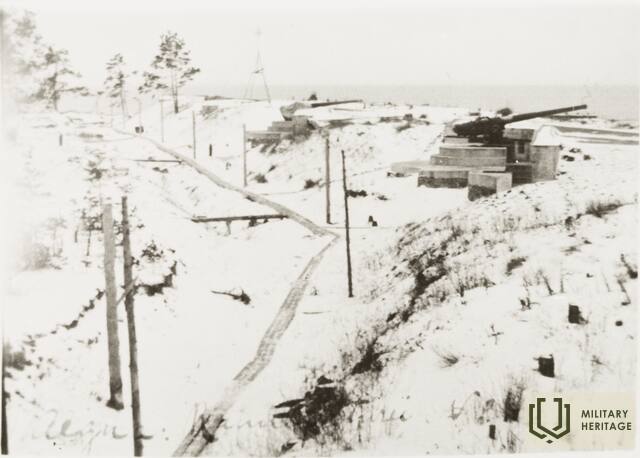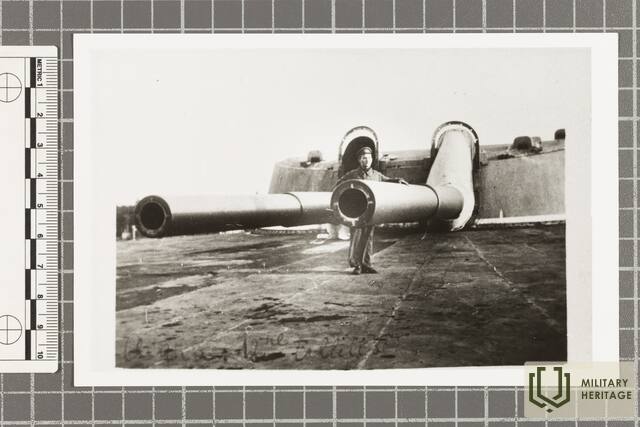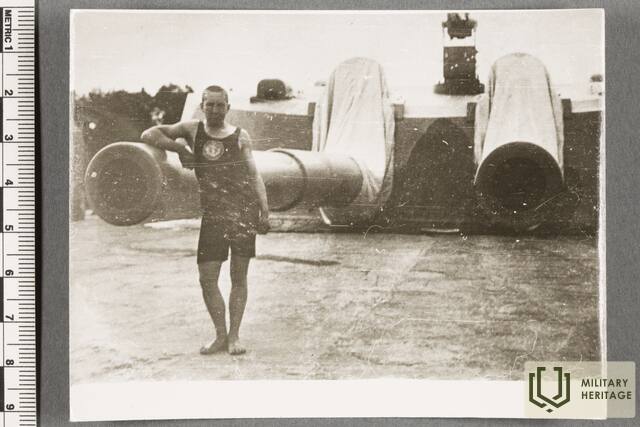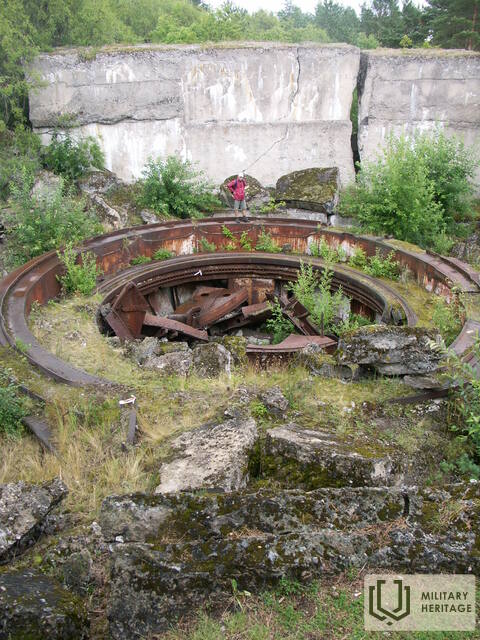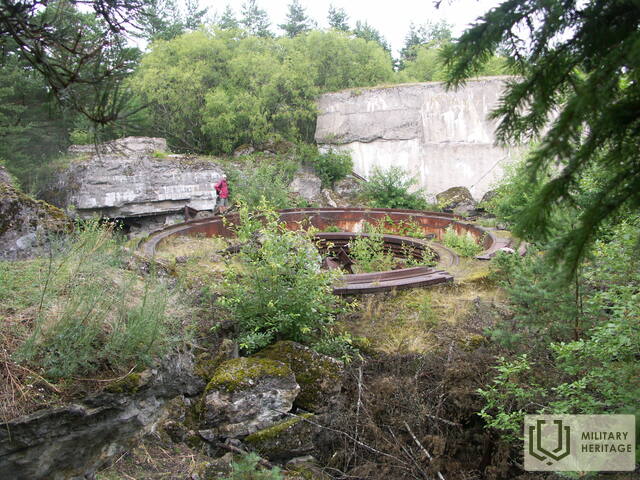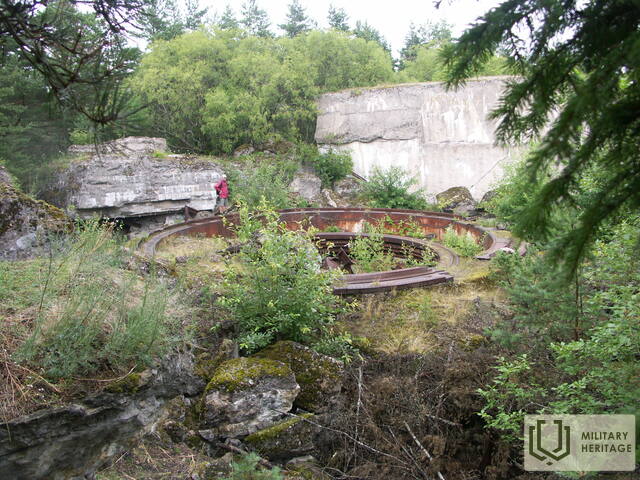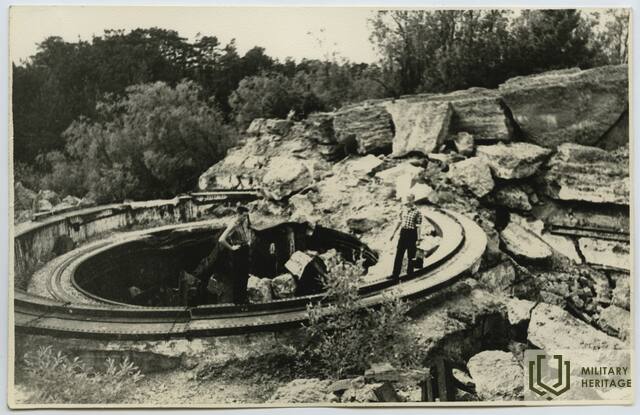Aegnos sala Infrastruktūra

Trijų kvadratinių kilometrų ploto šioje saloje, esančioje šiaurės rytiniame Talino įlankos kampe, yra platus pakrantės gynybos baterijų tinklas ir trijų kilometrų siaurojo geležinkelio linija, nutiesta prieš Pirmąjį pasaulinį karą, tęsiant Petro Didžiojo XVIII amžiuje pradėtus įtvirtinimo darbus. Aleksandro Nevskio baterijos statyba pradėta 1915 m. 180 metrų ilgio betoninė konstrukcija abiejuose galuose buvo sujungta su barbetėmis, ant kurių buvo pastatytos po dvi 12 colių patrankas. Rytiniame gale esančios patrankos buvo aukštesnės nei vakariniame, todėl jas buvo galima šaudyti į vakarus virš kitų patrankų. 3-ioji baterija buvo pastatyta vakariniame Aegnos krante ir buvo paruošta kovai iki 1916 m. rudens. Iš pradžių buvo planuota, kad baterijoje bus šešios 130 mm patrankos, tačiau galiausiai jų buvo tik keturios.
1918 m., paskelbus Estijos nepriklausomybę, pakrantės gynybą perėmė Estijos karinis jūrų laivynas. Saloje buvo gyvenamieji namai, kareivinės, karininkų valgykla, štabo būstinė, duonos fabrikas, biblioteka, klinika, pirtis ir kt. 1927 m. saloje, Eerikneeme, buvo baigtas statyti vadovavimo centras. Tais pačiais metais buvo baigta statyti ir 10-oji baterija, aprūpinta trimis 75 mm priešlėktuvinėmis patrankomis (kurių vamzdžio ilgis – 3,75 m), galinčiomis šaudyti iki 6 km aukščio. Aegnos svarbą Estijos pakrantės gynyboje atspindi tai, kad salos klestėjimo metu pusė Karinio jūrų laivyno divizijoje tarnavusių vyrų buvo dislokuoti saloje. Esama infrastruktūra leido vietos gyventojams žiemą tvarkytis patiems, nes jūrų laivybos sutrikimai buvo dažni.
Po Antrojo pasaulinio karo Sovietų Sąjungos karinio jūrų laivyno Baltijos laivyno oro gynybos padalinys, kurį sudarė apie 100 jūrų pėstininkų, buvo dislokuotas Aegnoje iki 1957 m. Šalia Aleksandro Nevskio baterijos prožektorių bunkerio šiaurės vakarinėje salos dalyje buvo pastatyta nauja priešlėktuvinė baterija, sudaryta iš keturių betoninių pabūklų apkasų, išdėstytų 45 metrų atstumu viena nuo kitos. Buvo sumontuoti 40 mm „Bofors“ pabūklai, kuriuos anksčiau naudojo Estijos kariuomenė. Kadangi sovietmečiu Estijos pakrantė buvo draudžiama, kelionė į Aegną vėl tapo įmanoma tik septintajame dešimtmetyje. Saloje vis dar aiškiai matomi skirtingų karinių laikotarpių pėdsakai.




